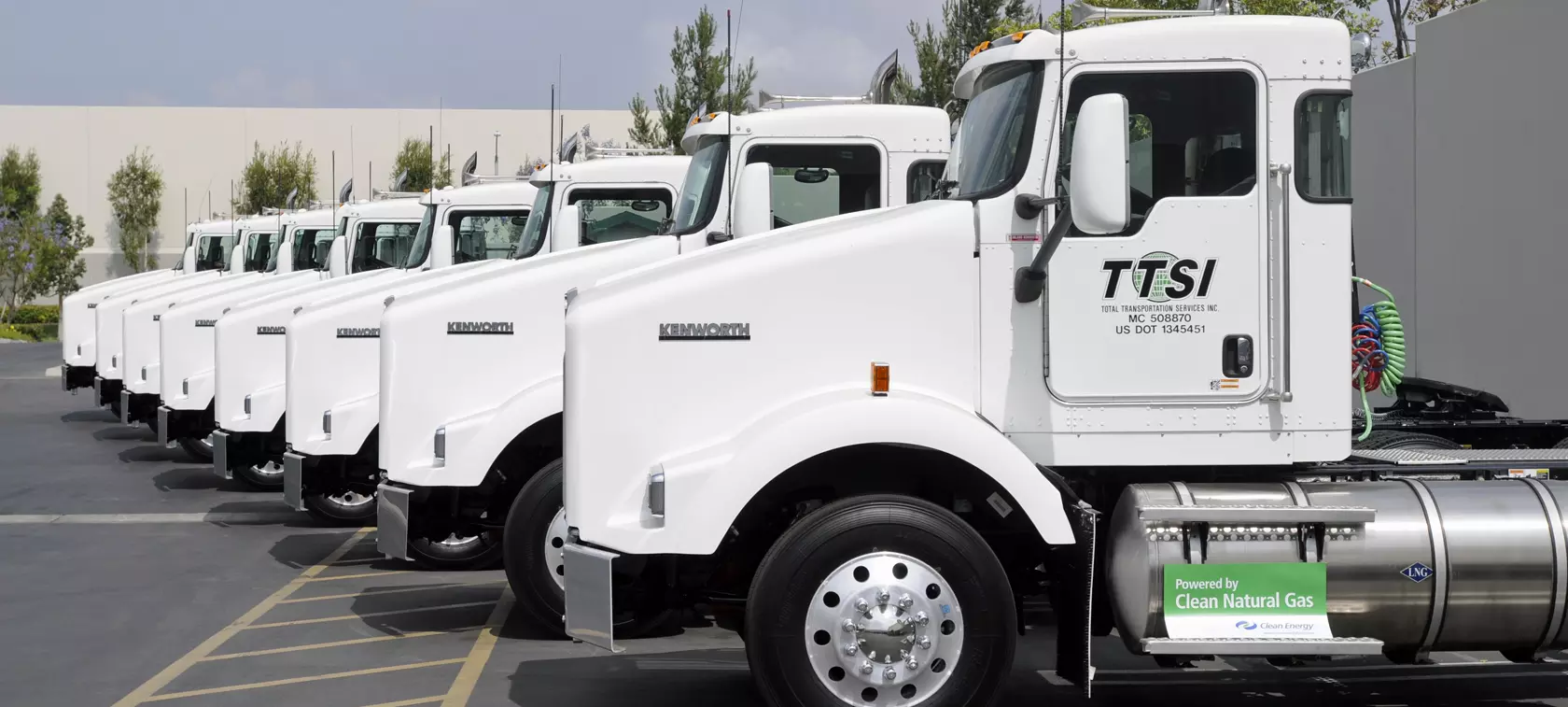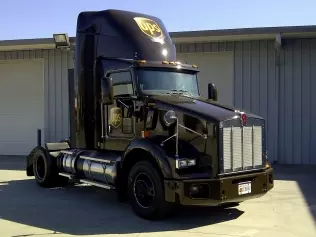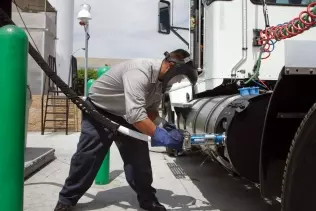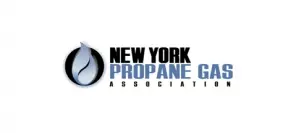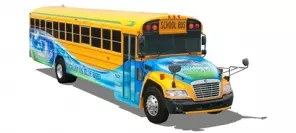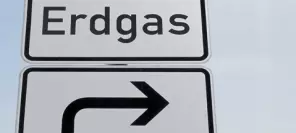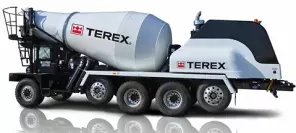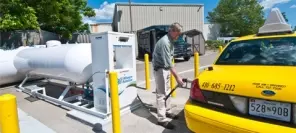- Main page
- Search
- Up to date
- Products
- Technology
- Vehicles
- Video
- Conversion Payback Simulator
Port Injection - Conversion Payback Simulator
Direct Injection - Conversion Payback Simulator
Diesel - Newsletter
Gas boom in the United States
 loading results...
loading results...Spark ignition engines that run on natural gas are constantly developed, so are units with self-ignition that run on diesel and natural gas at the same time. These solutions are still relatively expensive but are gradually becoming more affordable due to large grants available for those who decide to convert their engines or replace them with natural gas engines.
It’s the effect of the growing popularity of vehicles that run on natural gas, especially those used in public transport. Many carriers, including Lowe’s, Procter & Gamble Co. and United Parcel Service Inc. (UPS), speed up the conversion of their vehicles and the purchase of natural gas vehicles for financial reasons.
The company that handles transport duties for Lowe’s – an American chain of retail home improvement and appliance stores – plans to have its entire fleet (a few hundred vehicles) converted to natural gas by 2017. 7% of all Procter & Gamble vehicles already run on natural gas. The company wants to have this number up to 20% in the next two years. UPS is determined to purchase 1000 lorries running on natural gas by the end of 2014, while FedEX plans to have 30% of their fleet running on natural gas in the next ten years.
The natural gas market is stimulated by large supply of cheap gas. Manufacturers offer new natural gas engines, e.g. the 12 l Cummins Westport unit available since July 2013 or Volvo who will introduce their natural gas engine for lorries in 2014.
Many carriers, especially those who operate nationwide, are still skeptical about gasification of their fleet, but they keep on monitoring the market and testing natural gas vehicles. Companies such as Con-way Inc., Schneider National Inc., Swift Transportation Corp. and Werner Enterprises Inc. make broader introduction of natural gas vehicles to their fleets conditional on the possibility of purchasing vehicles with more powerful engines and on the development of the nationwide gas refueling infrastructure.
According to market forecasts, about 5% of all lorries sold in the USA in 2014 will run on natural gas. It will be five times more than in 2013, as their share in the American market this year is estimated at 1%.
In some branches, this percentage is higher. For example, as many as 60% of all dustcarts bought in 2013 were constructed on chassis that feature natural gas engines. The most popular of them were vehicles with an old Cummins 8,9 l natural gas engine.
Waste Management, Inc. – the biggest waste management company on the American market – converted 15% of their 22000 vehicles to natural gas. The company plans to have 90% of all their future vehicles running on natural gas. According to Waste Management, Inc.’s specialists, each car running on natural gas saves the company between 15 and 20 thousand dollars each year, which means that higher cost of purchase will pay back in two years.
The obstacles that used to prevent the branch from developing at a faster rate, now don’t seem to pose as many problems. Gas is becoming more attractive in comparison with diesel fuel, being cheaper by $1,5/gallon. In late October 2013, diesel fuel hit the price of $3,87/gallon on average.

of passenger cars, but converting them to CNG
makes a huge change. Why? Read on to find out!
Left: 50%
